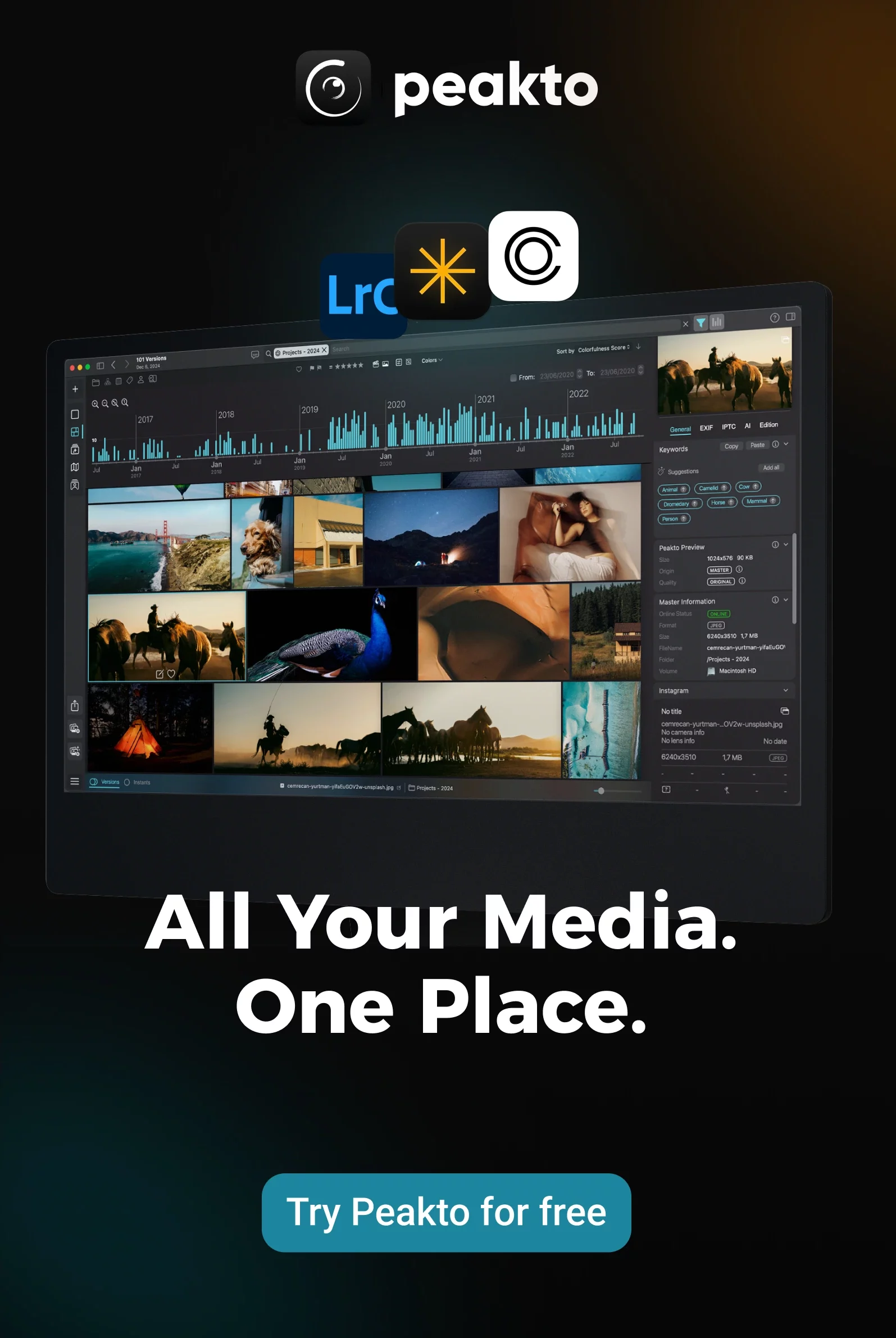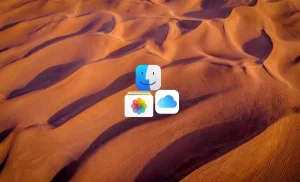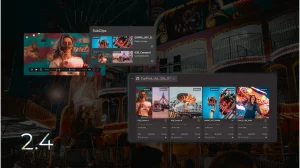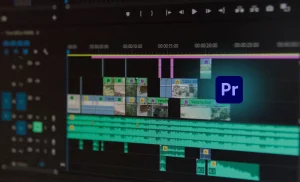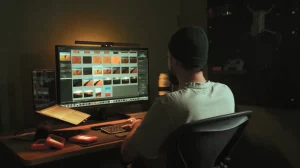What if your software could truly understand the story behind every photo? Not just who’s in it, not just where it was taken—but the whole scene: the faces, the mood, the little moments that give your images life. That’s exactly where today’s AI photo tagging software shines.
For me, it’s moved far beyond being just a digital filing assistant. It’s become the nerve center of my workflow—helping me search faster, sort smarter, and keep my creative projects on track. Whether I’m dealing with massive client shoots, tidying up personal archives, or prepping for an exhibition, AI has gone from “nice to have” to absolutely essential.
So let’s walk through what I’ve learned. I’ll break down how AI photo tagging really works, why it’s about so much more than facial recognition, and how it’s completely transformed the way I handle my ever-growing media library.
What Exactly Is AI Photo Tagging Software—And Why Should You Care?
At its heart, AI photo tagging software uses machine learning to scan your images and automatically generate keywords, categories, and metadata. Remember the old days of painstakingly adding tags by hand? These tools do in minutes what used to take me hours.
Behind the scenes, deep learning models—trained on millions of photos—analyze each image across multiple layers. They pick up on everything from faces and landmarks to color schemes and emotional cues. The result? Your photos are organized and searchable without you lifting a finger.
How AI Photo Recognition Actually Works
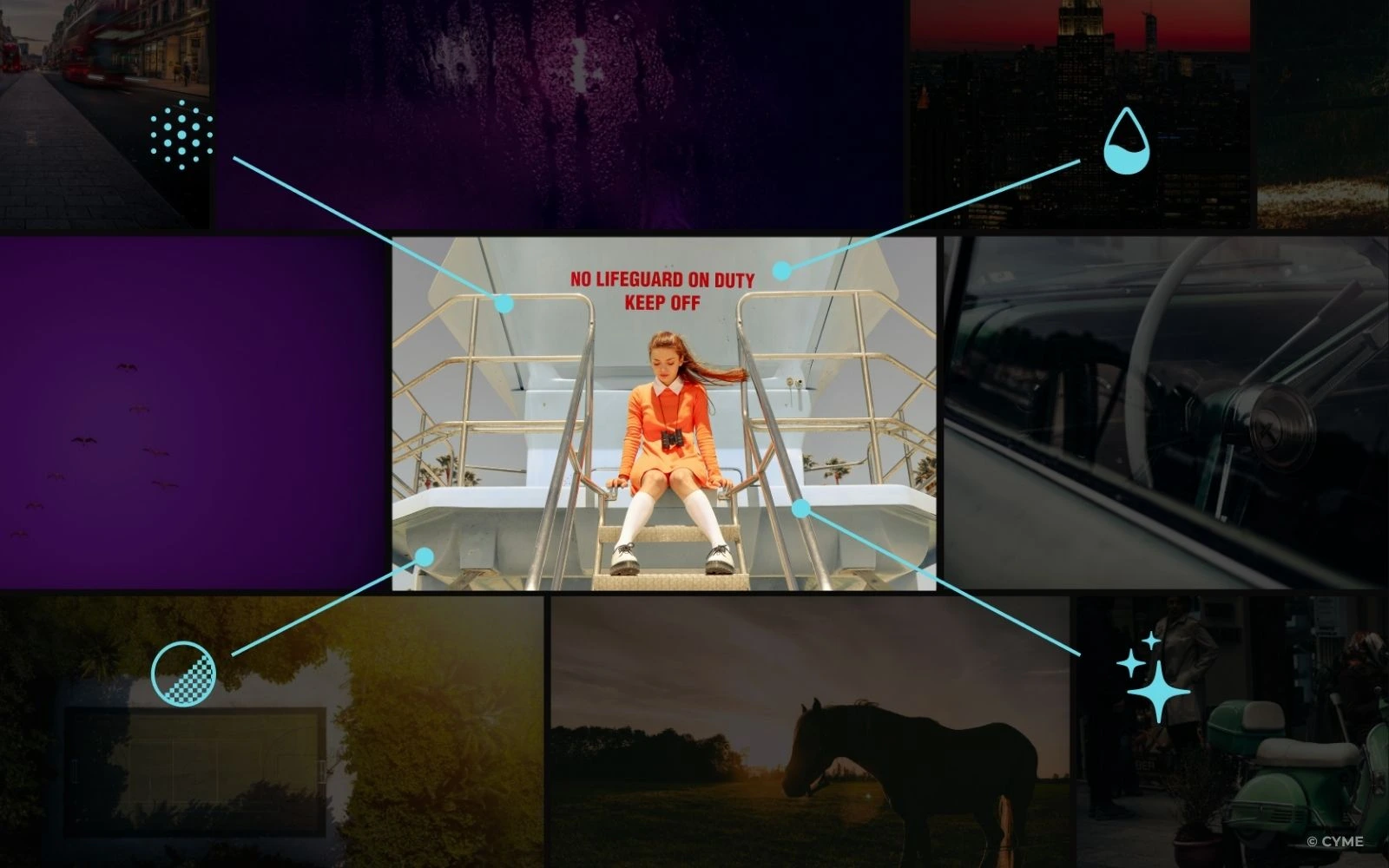
Think of it like a supercharged set of eyes that never gets tired.
Modern photo keywording software employs computer vision technology that mimics human visual processing. The AI examines pixel patterns, color distributions, and shape recognition to identify specific elements within each image, then decides: “that’s a beach,” “that’s a smiling face,” “that’s a cozy sunset.” Advanced systems bundle multiple AI models – one for object detection, another for facial recognition, and additional models for scene understanding and context analysis.
The most sophisticated tools integrate facial recognition capabilities, allowing them to identify specific people across the photo collection. This creates powerful organizational possibilities, from automatically grouping family photos to identifying athletes in sports photography events.
Why Every Photographer Needs AI Photo Tagging Software in Their Workflow
Let me be honest: manual photo tagging used to eat up an embarrassing chunk of my time. And I’m not alone—some stock photographers report spending 60-70% of their post-production time on keywording rather than creative work. Even processing 500 images a month (my rough average) meant sinking 20-30 hours into tagging. That’s time I’d rather put into new shoots, networking, or, honestly, taking a well-earned break.
On the business side, solid tagging is money. Stock libraries show 40-60% higher sales for consistently keyworded images—buyers simply find them faster. And well-organized client galleries? They justify higher rates and drive referrals.
For personal collections, it’s a different headache. Most enthusiasts build up 5,000-10,000 photos a year. Without proper tagging, those memories might as well be locked in a dusty attic. AI turns that chaos into something you can actually browse and enjoy.
The Hidden Cost of Manual Photo Tagging
Let’s do the math. Proper manual keywording takes 2-4 minutes per image, which means around 17-33 hours a month if you’re tagging 500 photos. Factor in your hourly rate—say $75-150/hour—and you’re looking at $1,275-4,950 worth of time. Not exactly a small change.
Then there’s human error. We all tag inconsistently, especially late at night under deadlines. AI keeps everything neat, catching subtle details I’d easily miss—like small color differences or background elements—while maintaining rock-solid consistency.
In What Photography Industries Does AI Photo Organization Software Really Pay Off?
Stock Photography Business
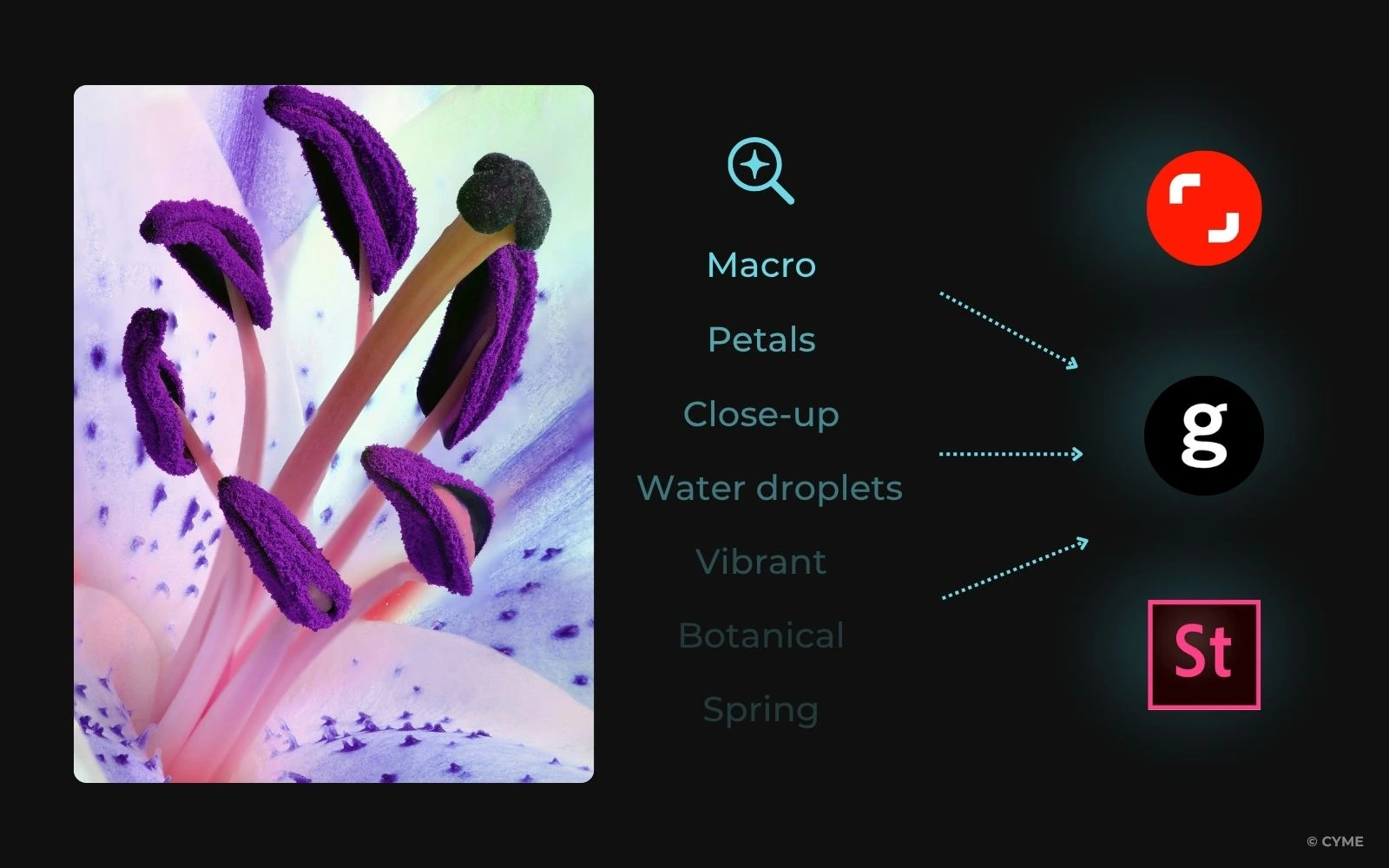
Stock photographers represent the most ROI-driven users of intelligent photo categorization tools. They require comprehensive keywording to maximize image discoverability across licensing platforms like Shutterstock, Getty Images, and Adobe Stock. AI photo tagging software nails this, pumping out robust 20 – 30 keyword sets in minutes.
Plus, volume processing capabilities make AI tools essential for competitive stock shooters. Pros upload 100-500 images monthly, requiring consistent, comprehensive tagging that would be prohibitively time-consuming manually. Automated photo tagging enables them to focus on image creation while maintaining the thorough keywording necessary for commercial success.
Professional Photography Services
Wedding, portrait, and commercial photographers use AI photo organization tools to build client galleries lightning fast. Imagine your software automatically sorting shots by person, location, or event. It’s a massive time saver—and clients notice. These tools automatically categorize images by people, locations, and events, enabling photographers to quickly create client-specific galleries and marketing portfolios.
Event photographers particularly benefit from facial recognition capabilities integrated into modern photo tagging software. Systems can identify wedding party members, corporate event attendees, or family reunion participants, automatically grouping related images for efficient delivery and organization.
Sports and Event Photography
Cover a big game or a marathon? You could end up with thousands of images. Sports photographers use AI-powered tools that recognize jersey numbers, team affiliations, and individual athletes, creating automated participant galleries that enhance customer experience and reduce manual sorting time.
These specialized applications often integrate marketing automation features, generating contact lists from tagged participants and enabling targeted photo sales campaigns, transforming event photography from a labor-intensive service into a scalable business model.
Content Management and Business Applications
Agencies and design studios manage extensive image libraries for various campaigns and clients. AI tagging enables quick asset retrieval based on concept, color, mood, or specific objects, improving creative workflow efficiency.
E-commerce businesses require precise product image organization. The software automatically tags product features, colors, and categories, enabling customers to find items quickly. This automation reduces manual data entry while improving online shopping experiences.
Personal Photo Archives
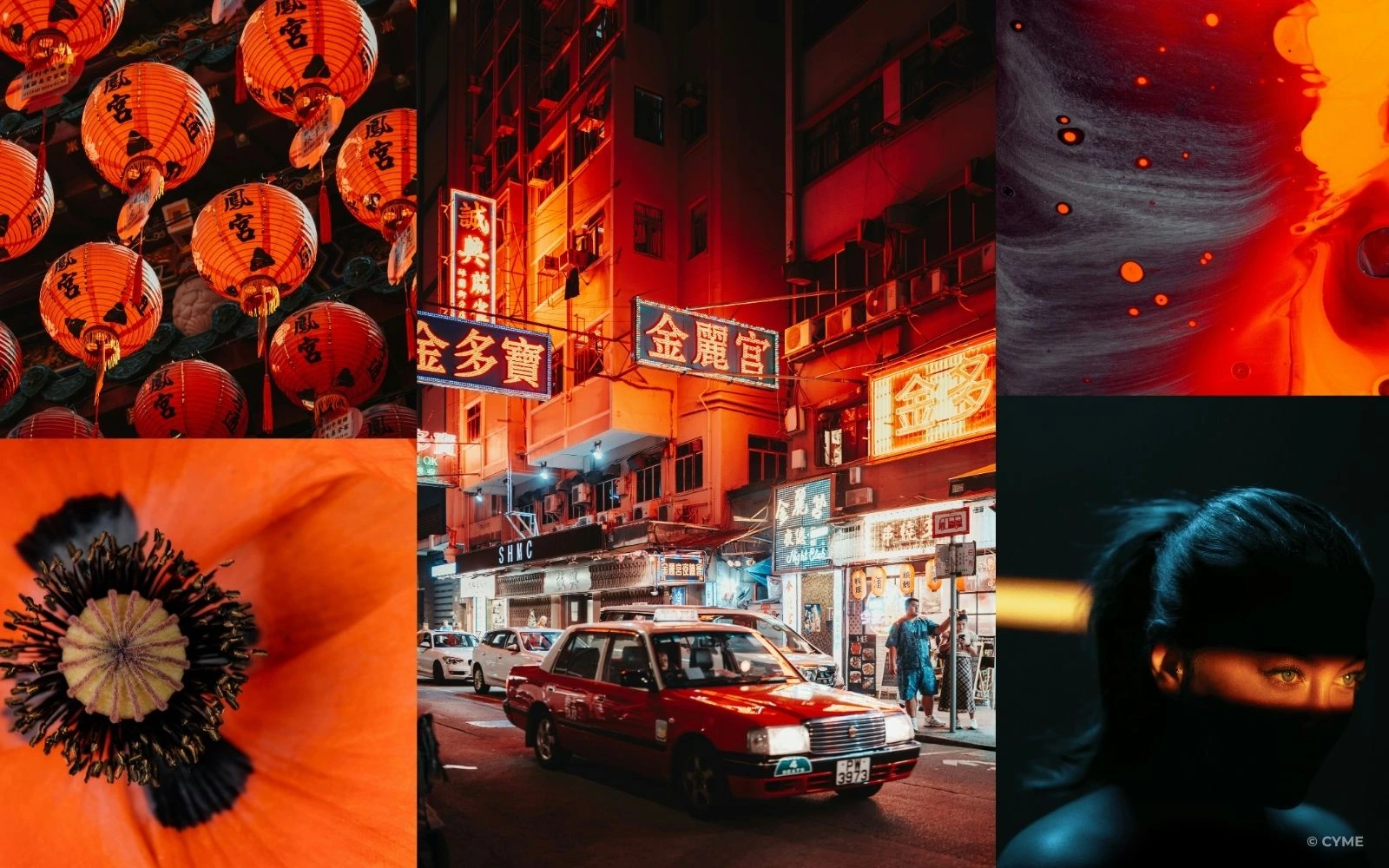
Photography enthusiasts and families also drown in massive digital collections that become unmanageable without systematic organization. AI photo tagging software transforms these archives into searchable databases, enabling instant retrieval of specific memories, people, or locations.
AI turns old hard drives into searchable treasure troves—whether you’re putting together a genealogy project, a reunion slideshow, or just reliving vacations.
Must-Have Features in Any Photo Tagging Solution
1. Accuracy rates come first
2. Batch processing is another big deal
3. Integration flexibility matters, too
4. Privacy and data security aren’t optional
This one’s personal for me. If you’re handling sensitive client galleries or family moments, local processing is gold. Tools that keep everything on your own machine give you full control over where your images and metadata end up, with no surprises down the line.
Pro-Level AI Photo Tagging Features You’ll Want
Take facial recognition, for example. The best photo manager with face recognition doesn’t just spot a face—it can identify the same person across different ages, lighting setups, or angles. That means building truly smart, person-based collections is finally within reach, whether you’re sorting family milestones or massive client archives.
For anyone concerned about privacy (I count myself in that group), look for local photo organizers with facial recognition respecting privacy. These keep everything on your own machine, so sensitive family moments or important client shoots never leave your hands. You get all the enterprise-grade organization without sacrificing control over your data.
Then there’s the magic of indexing photos software so you can search by face. This feature lets you pull up every shot of someone, no matter when or where it was taken—a total game-changer for pros managing client databases or families piecing together decades of memories.
If you’re running a studio or covering events, you’ll want a program to recognize faces in pictures that can handle tough scenarios. Look for systems that deliver 95%+ accuracy on clear portraits, while still staying reliable across tricky lighting or candid angles. That’s how you keep gallery creation and portfolio curation fast and frustration-free.
Finally, the real heavy-hitters are the all-in-ones: software with facial recognition to organize media that doesn’t just spot people, but also tags objects, analyzes scenes, and sorts by style. These unified workflows handle every kind of image you throw at them—making even the biggest, messiest collections easy to navigate.
AI Photo Tagging Software: What to Expect (and What Not To)
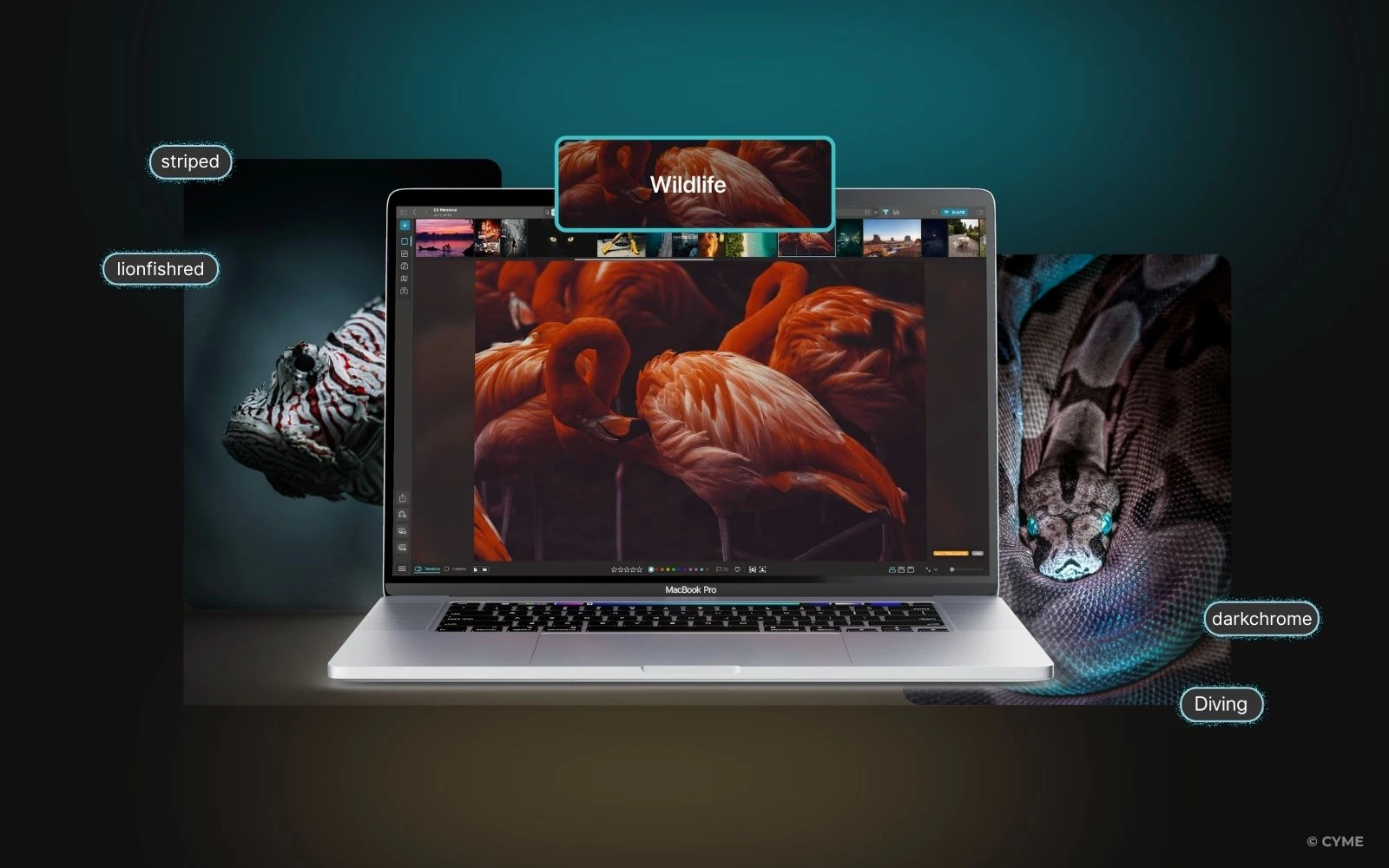
From what I’ve seen in my own workflow, AI photo tagging software absolutely nails straightforward subjects. I’d give it a solid 8 or 9 out of 10 on things like still life, products, and clean portrait setups.
But throw it into the deep end—a busy crowd, abstract art, or images loaded with cultural nuance—and you’ll see performance dip closer to a 5 or 6 out of 10. That’s pretty normal. Most machine learning systems are trained on broad datasets, so when it comes to hyper-specific regional or cultural cues, they can easily miss what a human would spot right away.
It’s a reminder that AI is an incredible assistant, but still needs our eyes on the final story.
Little Tricks That Make AI Photo Tagging Work Better
Over time, I’ve picked up a few habits that really help AI tagging software shine.
First, I always give the system extra hints—like adding a location or a few key phrases during upload. Many tools let you add custom keywords or geo info that steer the analysis and boost accuracy, especially for niche shoots like sports, destination weddings, or thematic projects.
I also keep a standard keyword list dialed into my style. That way, after the AI does its thing, I do a quick pass to fine-tune tags so everything stays consistent across my portfolio.
And don’t forget to “train” your software. Some AI tools learn from user feedback, so by regularly correcting or refining tags, you’re basically teaching it your unique taste—helping it get smarter and more dialed-in over time.
Picking the Best AI Photo Tagging Software for Your Workflow
Picking the right tool isn’t one-size-fits-all. It depends on specific photography workflow, volume requirements, and accuracy expectations.
If you’re deep in the stock world, you’ll want tools excelling at commercial keyword generation, while personal users may emphasize facial recognition and family organization features.
Consider evaluating total cost of ownership, processing volume limits, and integration requirements. I personally find hybrid solutions combining AI automation with manual refinement provide the best balance of efficiency and accuracy for their specific needs.
Also, think ahead. Your library will only grow. The best automated photo tagging solutions grow with our needs, offering upgraded processing capabilities and advanced features as our photography business or personal collection expands.
Finally, future-proof your investment by choosing tools committed to continuous AI improvement and feature development.
Why Peakto Became My Go-To Photo Tagging Solution
At the end of the day, I landed on Peakto because it’s more than just a tagging add-on. It’s a whole ecosystem built for professionals combining facial clustering, style tagging, object detection, and local AI—all in one centralized platform, without shifting between apps.
Built for Real-World Libraries
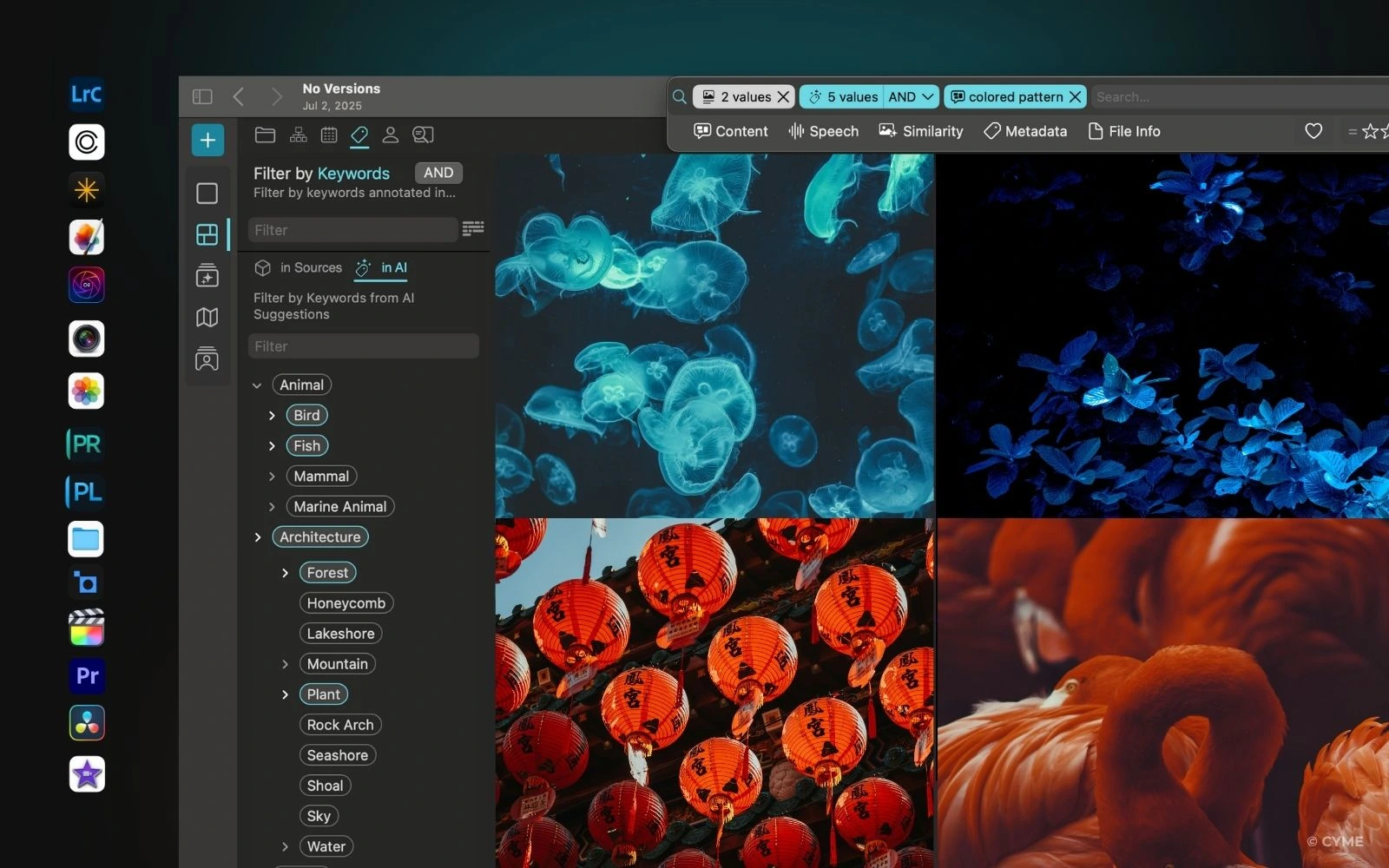
Peakto scans and tags across multiple apps and folders, so I don’t have to reshuffle my entire archive just to get organized. It simply fits into how I already work.
(If you’re curious, there’s a great piece on PetaPixel that breaks down how enhances and complements traditional editing tools through AI tagging and smart visual analysis.)
Powered by Local AI
Creative Curation Meets Smart Metadata
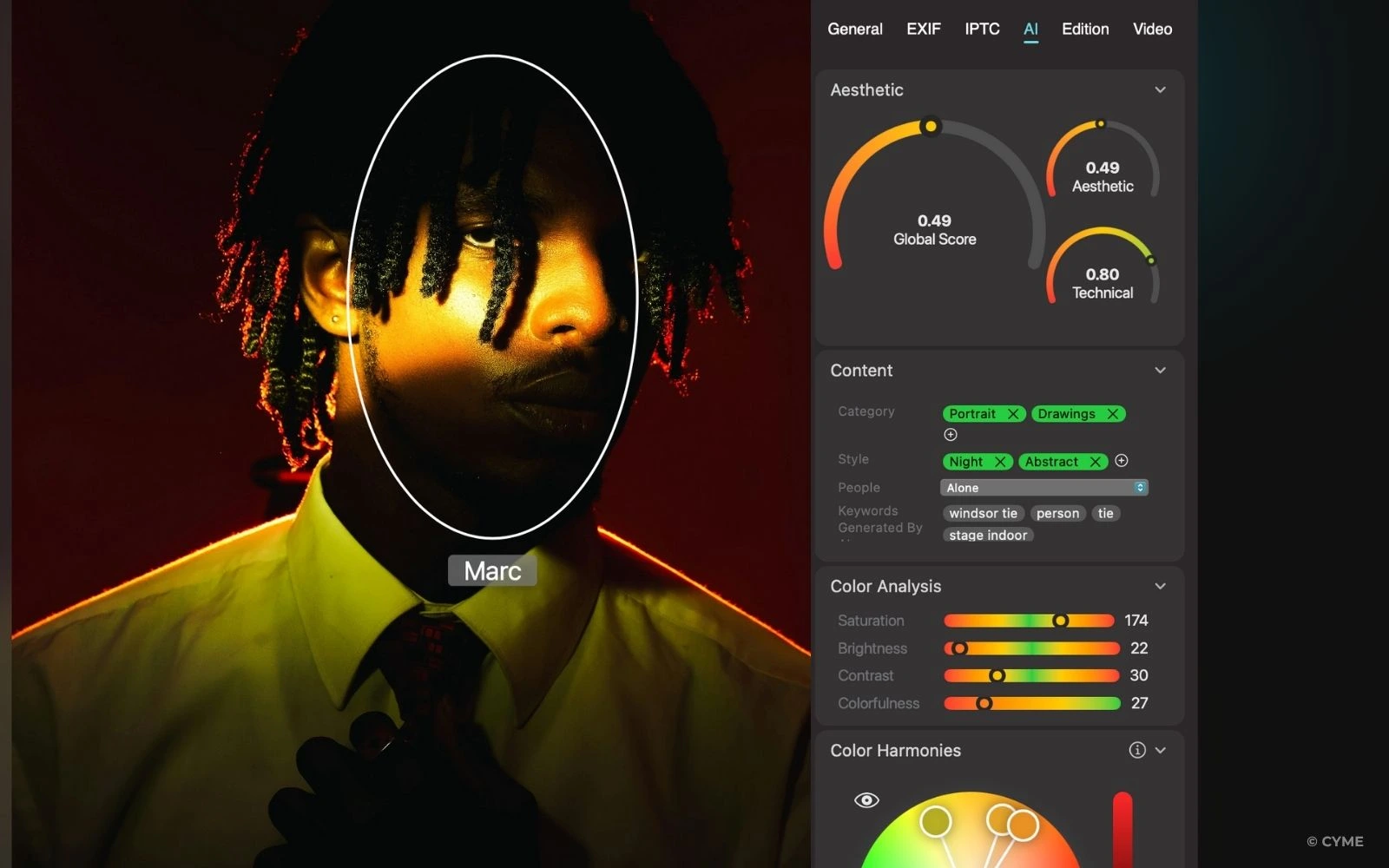
AI Photo Tagging Isn’t Just Smart—It’s How You Stay Ahead
In a world drowning in visuals, AI photo tagging software is how we stay on top. It’s not just about tech for tech’s sake—it’s about giving photographers, videographers, and creators real power over their growing archives.
With tools like Peakto, we can organize smarter, search faster, and keep our best work front and center. Whether it’s facial recognition, object tagging, or contextual scene analysis, today’s AI doesn’t just label photos—it helps us understand and leverage them.
And honestly, that’s the future of managing creative work.





